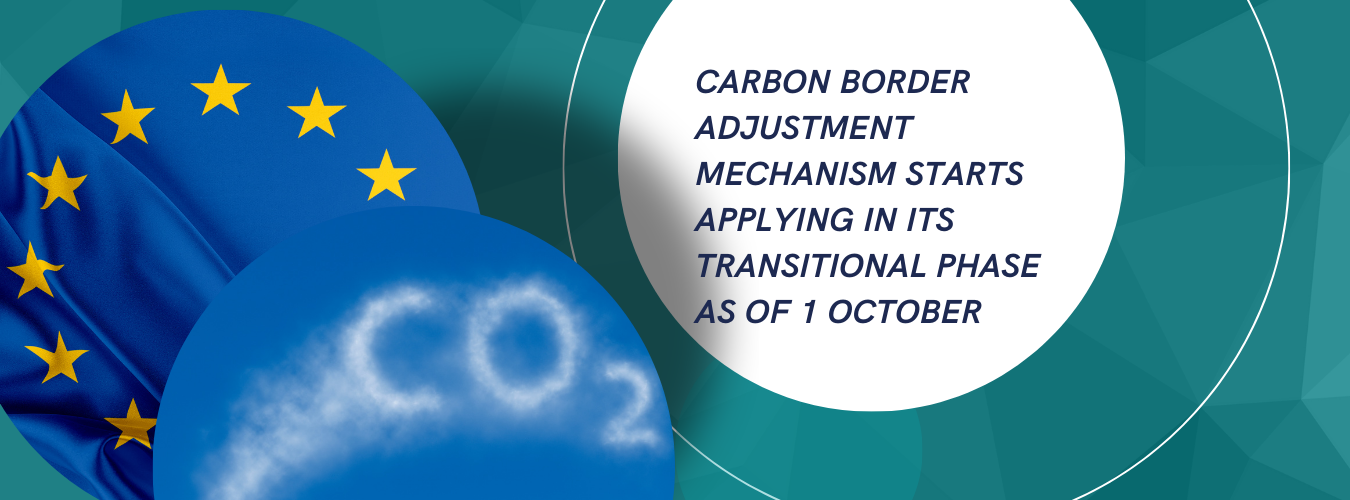

Click here to read the press release
Introduction
In a significant move to combat climate change, the European Commission has taken a decisive step by publishing the first call for feedback on the implementation rules of the Carbon Border Adjustment Mechanism (CBAM). The CBAM is a crucial component of the Fit for 55 Package, serving as a landmark tool in the European Union’s relentless fight against carbon leakage and its commitment to decarbonization.
Reporting Obligations and Methodology
During the transitional phase of the CBAM, importers will be required to report on the emissions embedded in their imports subject to the mechanism. However, they will not be required to pay any financial adjustment during this period. This approach allows businesses ample time to prepare while gathering essential data to refine the definitive methodology, which is set to be established by 2026.
To ensure flexibility and ease of implementation, the draft Implementing Regulation offers three reporting options for companies during the first year:
Starting from January 1, 2025, only the EU method will be accepted, signaling a gradual transition towards a unified reporting standard.
Supporting Businesses and Adaptation
Recognizing the need for a predictable adaptation process, the Commission is actively developing dedicated IT tools to assist importers in performing and reporting their emissions calculations. In addition, comprehensive guidance, training materials, and tutorials will be provided to support businesses as they navigate the transitional mechanism.
To initiate the data collection process, importers will be required to collect fourth-quarter data beginning October 1, 2023. However, the first official report submission deadline is set for the end of January 2024, allowing sufficient time for meticulous preparation.
Consultation and Stakeholder Involvement
In a commitment to transparency, the Commission conducted an informal consultation with an Expert Group, ensuring the active involvement of third countries, stakeholders, and industry representatives. The public consultation on the draft legislation is now open and welcomes feedback from various sectors, including businesses, academia, civil society, and the general public until July 11. Stakeholders are encouraged to focus their feedback specifically on the implementing rules outlined in the draft legislation, rather than on the CBAM Regulation itself.
Next Steps and Background
Following a vote in the CBAM Committee, composed of representatives from EU Member States, the Implementing Regulation will be formally adopted by the Commission later this summer. The CBAM serves as a vital policy measure within the EU’s comprehensive fight against climate change and carbon leakage, addressing the relocation of carbon-intensive production and the influx of carbon-intensive imports.
The CBAM aligns with the EU’s existing carbon pricing mechanism, established in 2005 through the EU Emissions Trading System (ETS) Directive. By reflecting the impact of imports, the CBAM reinforces the carbon pricing mechanism and focuses on energy-intensive companies exporting specific goods to the EU. It is essential to note that the CBAM does not target countries but rather companies, encouraging them to embrace decarbonization efforts.
The transitional period aims to gather data that will inform the shaping of the CBAM’s definitive phase, which will commence on January 1, 2026. The Commission will prepare a report for the European Parliament and the Council, potentially proposing modifications to the regulation by mid-2025. Furthermore, a new methodology for the definitive phase will be developed in 2025 through another Implementing Regulation, opening doors for further feedback and improvement.
Conclusion
By addressing carbon leakage and encouraging decarbonization efforts, the CBAM ensures that both EU and non-EU producers are subjected to the same carbon price, irrespective of their products or countries of origin. As the transitional phase commences, importers and businesses have an opportunity to prepare, adapt, and actively participate in shaping the CBAM’s future.
*Source: EU Press release dated 13th June 2023 on Carbon Border Adjustment Mechanism
The views in all sections are personal views of the author.